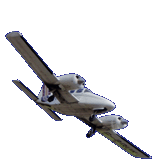|
The Private Pilot's Licence (PPL) is a UK Civil Aviation Authority (CAA) issued, internationally recognised (ICAO) licence which permits the holder to fly for leisure within
the UK and also in many other countries around the world which recognise ICAO licences, no remuneration is permitted. The course consists of a minimum
of 45 hours airborne instruction. It is possible to complete the licence within the 45hr minimum although students often exceed 45hrs. The student must
complete a minimum of 10 hours solo flying as part of the course to include circuit work, navigation and the Cross Country Qualifier. This takes place near
the end of the course before the final flight test. The Cross Country Qualifier consists of a flight of minimum length 150nm landing at two airfields along
the route. The PPL course also requires the student to study theory modules and pass associated examinations. These are in the fields of Air Law, Human
Performance, Meteorology, Communications, Principles of Flight, Operational Procedures, Flight Performance and Planning, Aircraft General Knowledge and
Navigation. The student must pass a UK CAA Class 2 medical before being allowed to fly solo.
The Light Aircraft Pilot's Licence (LAPL) is a UK Civil Aviation Authority (CAA) issued licence which effectively replaced the UK National Private Pilot Licence. The LAPL
is not an internationally recognised licence (non-ICAO) which permits the holder to fly for leisure within the UK, restricted to single engine piston
aeroplanes and touring motor gliders below 2,000kg and maximum of 3 passengers, no remuneration is permitted. The course consists of a minimum of 30 hours
airborne instruction, however it is likely that in practice a student will require a similar number of hours as required for the PPL (45hr). As with the
PPL, the student must complete a solo Cross Country Qualifier which consists of a reduced navigation route of minimum length 80nm landing at one other
airfield along the route. The licence offers only very limited scope for adding further aircraft types and ratings, unless the pilot 'upgrades' to a full
PPL. The LAPL has reduced medical requirements compared to the PPL, this would be the main reason for selecting the LAPL over the PPL. Theory modules and
examinations are the same as for the PPL.
For more information call 01332 810444 or email info@donaireastmidlands.co.uk
|
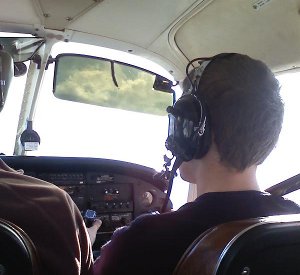
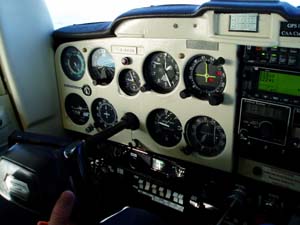
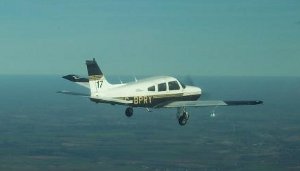
|
|
The Night Rating allows the holder to exercise the privileges of the PPL or LAPL in visual (VFR) conditions at night. The training course comprises
theoretical knowledge instruction, at least 5 hours of flight time at night including dual instruction, circuit flying and cross country navigation.
There are no flight tests or theory papers. However, the student must be able to demonstrate an acceptable level of proficiency.
For more information call 01332 810444 or email info@donaireastmidlands.co.uk
|

|
|
The approved Flight Instructor (FI) course is offered either full time
or part time at our East Midlands Airport base. We use the Cessna 152 aircraft for the minimum of 30 hours flight instruction.
Ground based theoretical knowledge instruction accounts for a further 125 hours both in the class room and self study. The
FI course broadly follows the structure of the PPL course, this ensures the most suitable learning sequence although this
structure may be varied depending upon the abilities, strengths and weaknesses of the student. Prior to commencing the course
candidates require: |
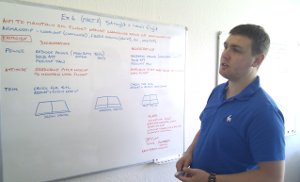
|
|
For those students requiring a little extra help with the Radio Telephony element of the PPL course, we are able to recommend an evening course leading
to the written and practical CAA Radio Telephony examinations. Peter Stephens, an East Midlands ATCO runs the course periodically at Burleigh Community
College in Loughborough. The course runs on a Wednesday evening from 1900 - 2100.
Anyone interested in the course should contact Peter:
Tel: 01509 620744
Mob: 07708833525
Email: pete@koolflyer.co.uk
|

|
